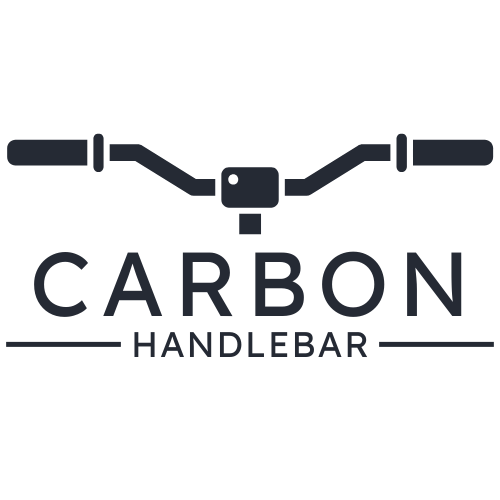Installing carbon handlebars can elevate your cycling experience, providing enhanced performance, reduced weight, and improved aesthetics. However, working with carbon components requires a careful approach to avoid damage and ensure optimal functionality. Below is a comprehensive guide to the essential tools you need to install carbon handlebars like a pro.
1. Torque Wrench
A torque wrench is arguably the most crucial tool when installing carbon handlebars. Ensuring that bolts are tightened to the manufacturer’s specifications is paramount, as improper torque settings can easily lead to cracks or structural failures in carbon components. Many manufacturers provide specific torque settings, so having a precision torque wrench is essential to avoid any mishaps.
2. Carbon Assembly Paste
Carbon assembly paste is designed to increase the friction between carbon parts, reducing the likelihood of slipping without the need for excessive tightening. This paste helps to achieve a more secure fit while protecting the carbon material from potential damage due to over-tightening. Always use this paste when installing carbon handlebars to ensure longevity and safety.
3. Bike Stand
A bike stand offers stability and ease of access when working on your bike. It allows you to position your bicycle at a comfortable height, making the installation process smoother and more efficient. A good bike stand can also prevent damage by keeping your bike stationary and secure while you work.
4. Allen Keys (or Hex Wrenches)
Allen keys, or hex wrenches, are essential for tightening handlebar clamps and various bike components. Ensure you have a complete set of sizes to accommodate different bolt types commonly found on handlebars. Using the correct size will help prevent stripping bolts and ensure a tight fit.
5. Cable Cutters
If you are also replacing your cables during the installation, a quality pair of cable cutters will provide a clean and precise cut. This tool ensures that your cables are cut to the desired length without fraying, which can adversely affect performance and appearance.
6. Electrical Tape
Electrical tape can be a handy tool for marking and organizing cables during installation. Using tape to bundle and secure cables not only keeps your workspace neat but also aids in achieving a clean finish. Neatly routed cables can enhance the overall aesthetic of your bike and improve functionality.
7. Ruler or Measuring Tape
To achieve the perfect height and angle for your handlebars, a ruler or measuring tape is vital. Accurate measurements ensure an ergonomic setup that can prevent discomfort and improve performance during long rides. Consistency in positioning is key to achieving your desired riding comfort.
8. Level
A level is important for ensuring that your handlebars are aligned correctly. Misaligned handlebars can affect handling and control, leading to an uncomfortable ride. Using a level during installation helps maintain proper alignment and ensures a smooth, efficient setup.
9. Isopropyl Alcohol
Before installing new handlebars, cleaning the surfaces of both the handlebars and the stem is essential for a successful bond. Isopropyl alcohol helps remove grease, dirt, and residues that could interfere with the attachment process. This cleaning step is crucial to ensure that the carbon assembly paste adheres properly.
10. Shop Rag or Cloth
Having a shop rag or a clean cloth on hand during installation is useful for tidying up any excess carbon paste or debris. It helps keep your workspace clean and manages any spills or splatter that may occur during the process.
11. Gloves
Lastly, wearing gloves during installation is a simple yet effective way to prevent oils and dirt from your hands from contaminating the carbon surfaces of the handlebars. Maintaining a clean working environment ensures that your components perform as intended and look their best.
Installing carbon handlebars doesn’t have to be a daunting task. With the right tools in hand, you can approach the installation process with confidence and ease. Each of the tools highlighted in this guide plays a vital role in ensuring a professional finish while maintaining the integrity of your carbon components. With patience and precision, you’ll have your new handlebars installed and ready to hit the road, enjoying the benefits of improved performance and a sleek new look.
